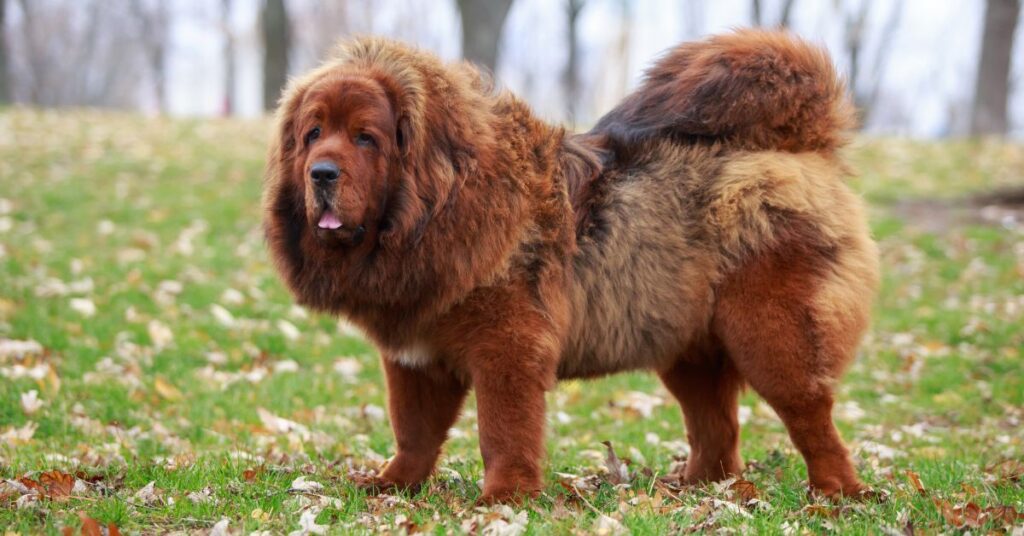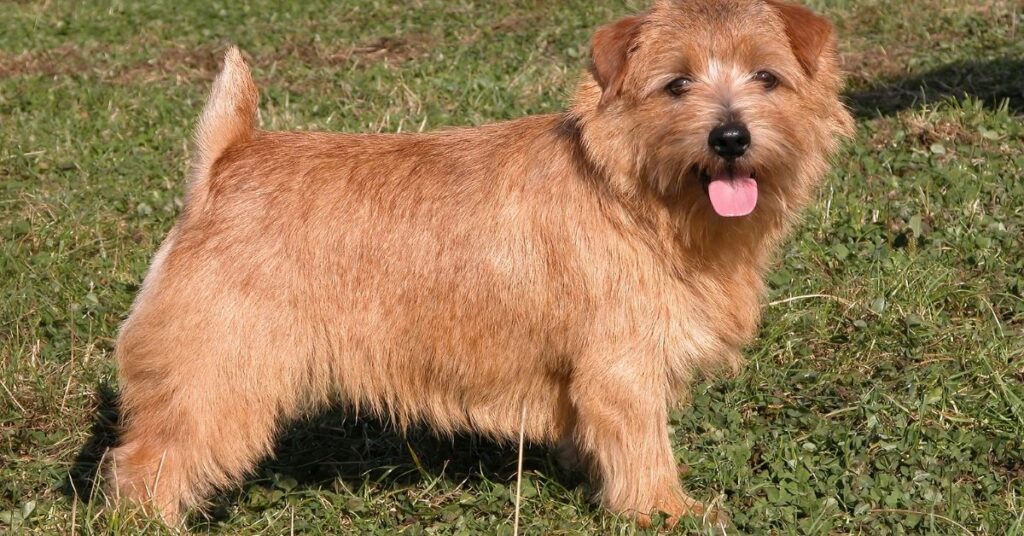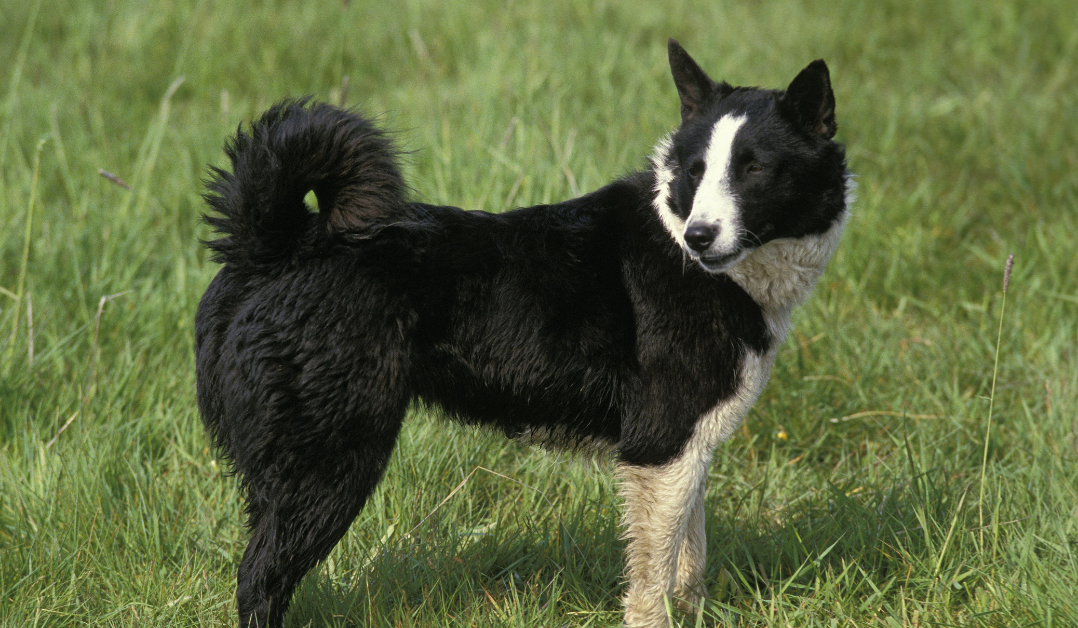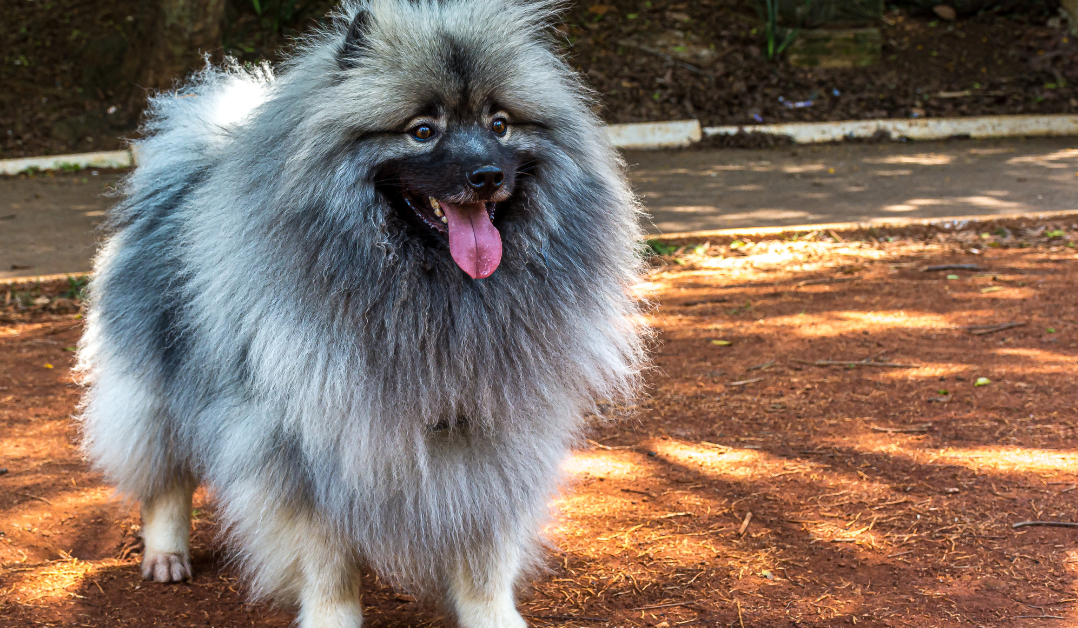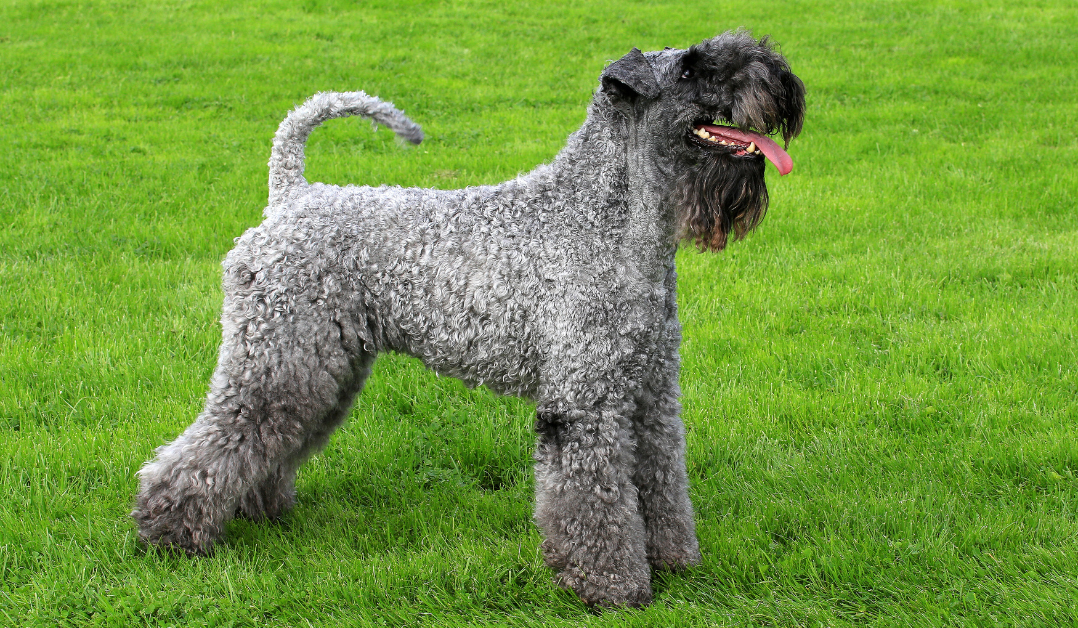The Tibetan Mastiff is a large, powerful, and ancient breed known for its protective instincts and majestic appearance. This independent and intelligent dog has been guarding livestock and homes in the Himalayas for centuries.
*Disclaimer: This Post May Contain Affiliate Links. This Means That I Receive A Small Commission At No Extra Cost To You Should You Click Through And Make A Purchase. Learn More On My Policy Page
Breed Characteristics
- Breed Category: Working Group
- Size: Large
- Coat Length: Long and dense
- Shedding: Heavy; seasonal shedding
- Hypoallergenic: No
- Grooming Requirements: High; regular grooming needed
- Life Span: 10-14 years
- Activity Level: Moderate
- Temperament/Personality: Independent, protective, loyal
- Intelligence: High
- Trainability: Moderate; can be stubborn
- Space Requirement: Large; needs a yard
- Compatibility with Children & Other Pets: Good with family; may be aloof with strangers
- Health Issues: Prone to hip dysplasia and hypothyroidism
- Nutrition Needs: High-quality diet with balanced nutrients
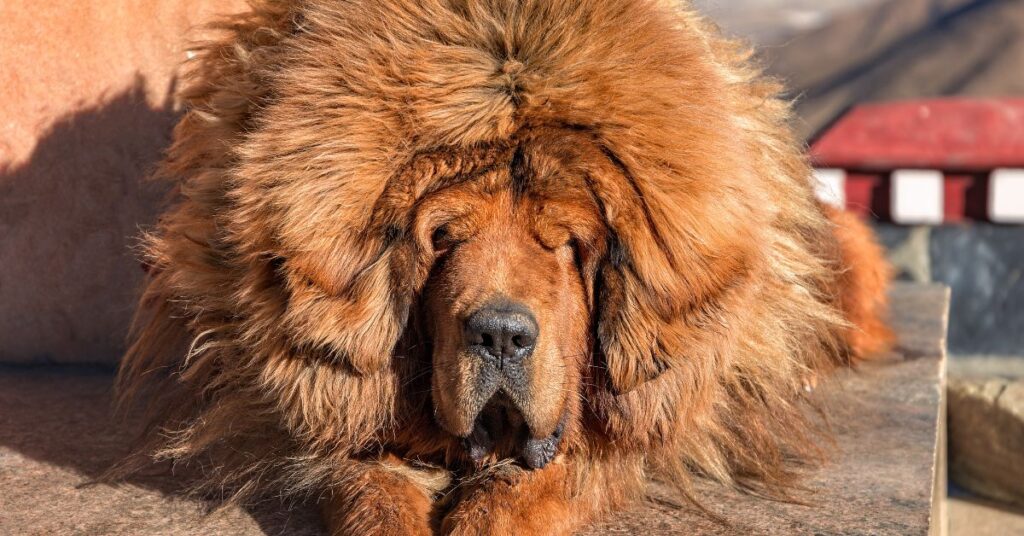
Origin and History
The Tibetan Mastiff is an ancient breed that originated in Tibet, where it was used as a guard dog for livestock and homes. The breed is one of the oldest and most primitive types of dogs, known for its ability to withstand harsh climates and challenging terrains. Tibetan Mastiffs were highly valued by nomadic cultures in the Himalayas for their protective instincts and loyalty. The breed’s large size, dense coat, and powerful build made it an ideal guardian against predators and intruders. Today, Tibetan Mastiffs are known for their majestic appearance and strong-willed nature, making them a unique and respected breed.
Appearance and Physical Characteristics
The Tibetan Mastiff is a large and powerful dog, standing between 24 to 30 inches tall and weighing between 70 to 150 pounds. The breed has a long, dense coat that comes in a variety of colors, including black, brown, and gold. The Tibetan Mastiff’s coat is double-layered, with a thick, woolly undercoat and a coarse outer coat that helps protect it from harsh weather conditions. The breed has a broad head, deep-set eyes, and a strong, muscular build that exudes strength and confidence. The Tibetan Mastiff’s tail is carried high and curls over its back, adding to its majestic and imposing appearance.
Temperament and Personality
Tibetan Mastiffs are known for their independent and protective nature. They are loyal to their families and are highly territorial, making them excellent guard dogs. The breed is also intelligent and can be stubborn, which may require a patient and consistent approach to training. Tibetan Mastiffs are affectionate with their families but may be aloof with strangers. They are not typically aggressive but will protect their home and loved ones if they sense a threat. The breed’s independent nature means it may not be overly affectionate, but it is deeply loyal and devoted to its family.
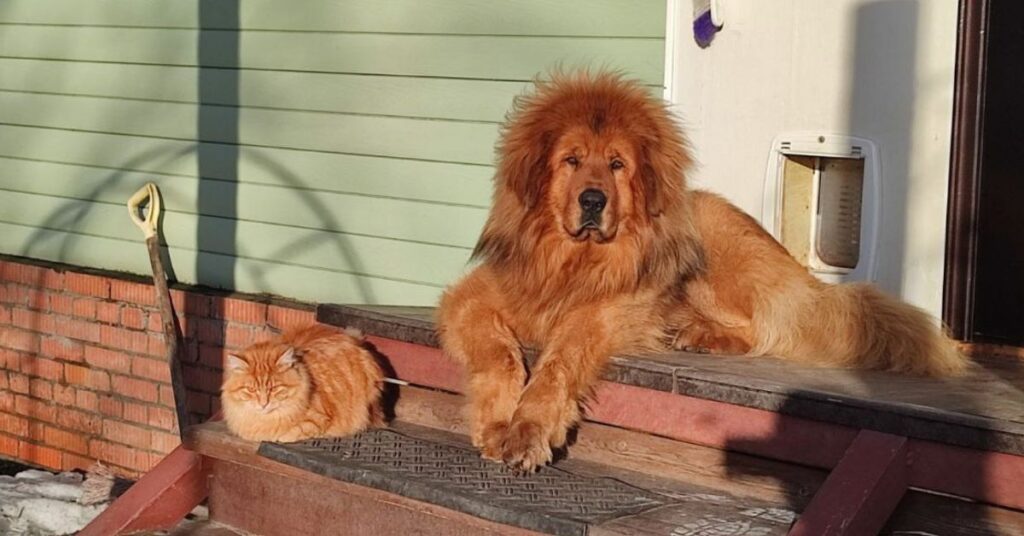
Intelligence and Trainability
The Tibetan Mastiff is a highly intelligent breed but can be independent and stubborn. They require a confident and experienced owner who can provide consistent training and establish themselves as the pack leader. Positive reinforcement techniques work best, but training may take longer due to the breed’s independent nature. Early socialization and training are crucial to ensure they develop good behavior and social skills. Tibetan Mastiffs are not known for their obedience, but they are highly capable and can excel in tasks that challenge their intelligence and instincts.
Compatibility with Children and Other Pets
Tibetan Mastiffs are generally good with children, especially if raised with them. However, their large size and protective instincts mean they may not tolerate rough play or teasing. The breed can be aloof with strangers and may not be immediately friendly with other pets, particularly smaller animals. Early socialization is important to help them develop good manners and get along well with other pets in the household. Tibetan Mastiffs are best suited for families with experience in handling large, independent dogs.
Health and Nutrition
Tibetan Mastiffs are generally a healthy breed but can be prone to certain health issues, such as hip dysplasia, hypothyroidism, and eye problems. Regular veterinary check-ups, a balanced diet, and proper exercise are essential to maintaining their health. Providing a high-quality diet that supports their large size and moderate activity level is important. Owners should monitor their weight and feeding habits to prevent obesity and associated health issues. The breed’s thick coat also requires regular grooming to prevent matting and skin problems.
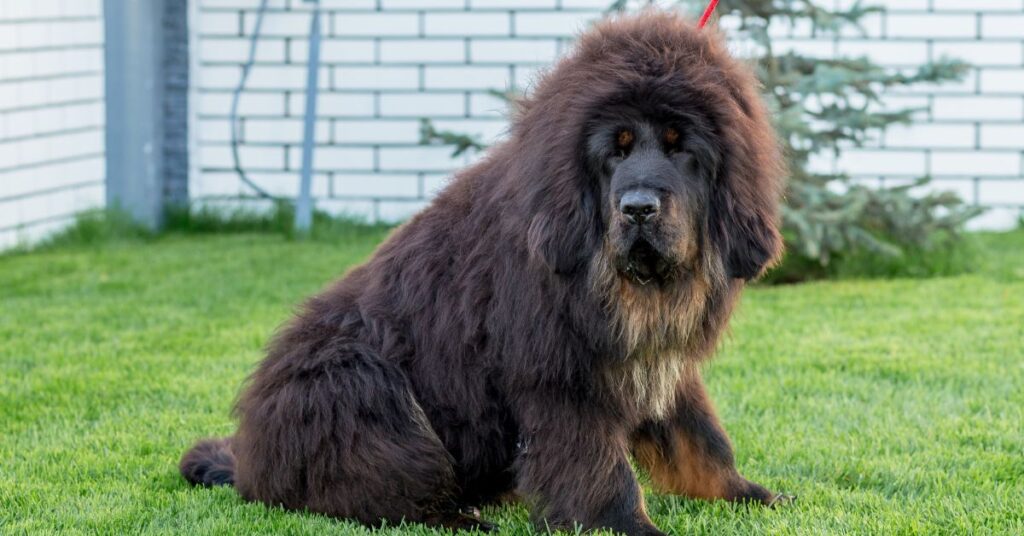
Exercise and Activity Level
Tibetan Mastiffs have moderate energy levels and require regular exercise to stay healthy and happy. They enjoy activities such as walking, playing, and exploring the outdoors. The breed thrives in homes with access to a secure yard where they can play and patrol. Tibetan Mastiffs benefit from daily walks, playtime, and opportunities to engage in mentally stimulating activities. Without adequate exercise, they may become bored and develop behavioral issues. The breed’s independent nature means they may not require as much attention or exercise as some other breeds, but regular activity is still important.
Grooming Needs
The grooming needs of Tibetan Mastiffs are high due to their long, dense coat. Regular brushing is necessary to remove loose hair and prevent matting, especially during the shedding season. Bathing should be done as needed, and routine grooming tasks such as dental care, ear cleaning, and nail trimming are important to prevent common health issues. The breed’s thick coat also requires attention to prevent skin problems, particularly in hot and humid climates. Tibetan Mastiffs are a high-maintenance breed in terms of grooming, but their majestic appearance is worth the effort.
Training and Socialization
Early training and socialization are crucial for Tibetan Mastiffs. Due to their intelligence and independence, it’s important to establish good behavior and obedience from a young age. Positive reinforcement techniques work best, as harsh training methods can be counterproductive. Socialization with other dogs, people, and different environments helps them develop into well-rounded and confident adults. Tibetan Mastiffs are also known for their sensitivity, so a gentle and patient approach to training is recommended.
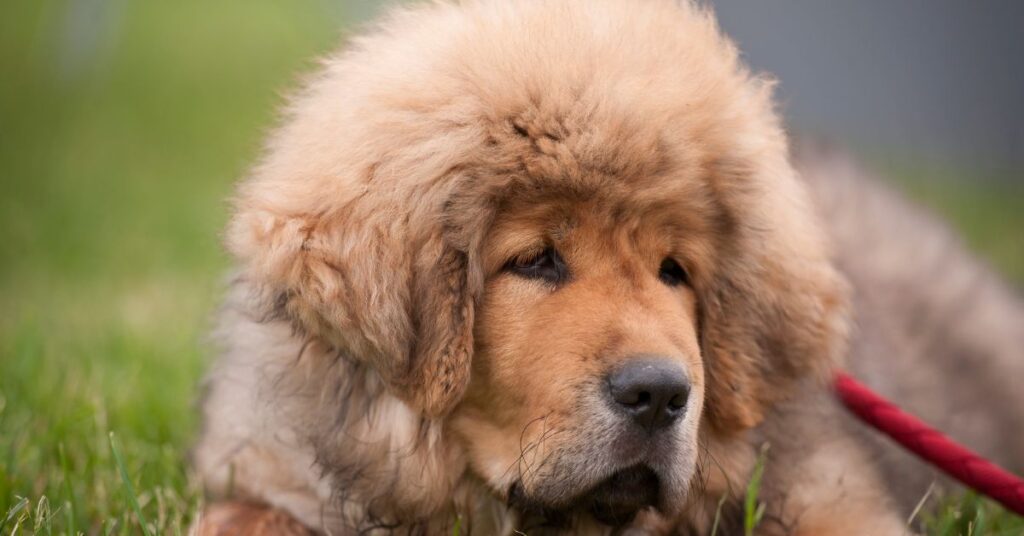
Famous Tibetan Mastiffs
Tibetan Mastiffs have gained recognition around the world for their majestic appearance and strong-willed nature. The breed’s association with Tibetan culture and its role as a guardian of monasteries and homes have made it a symbol of strength and loyalty. In recent years, Tibetan Mastiffs have gained popularity among dog enthusiasts and have even been featured in films and media.
Conclusion
The Tibetan Mastiff is a powerful, intelligent, and independent breed that makes an excellent companion for experienced owners. With proper training, socialization, and care, a Tibetan Mastiff can be a devoted and protective member of the family.


